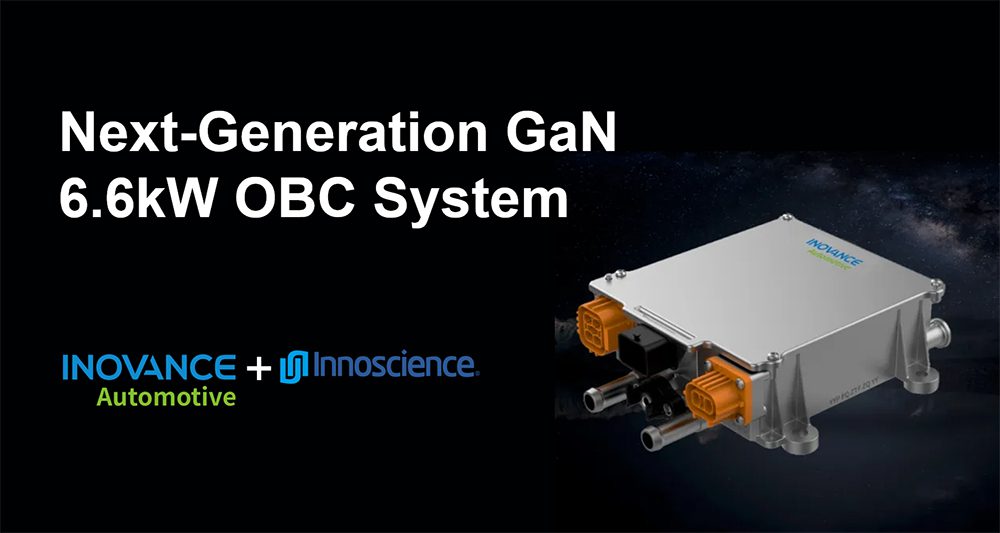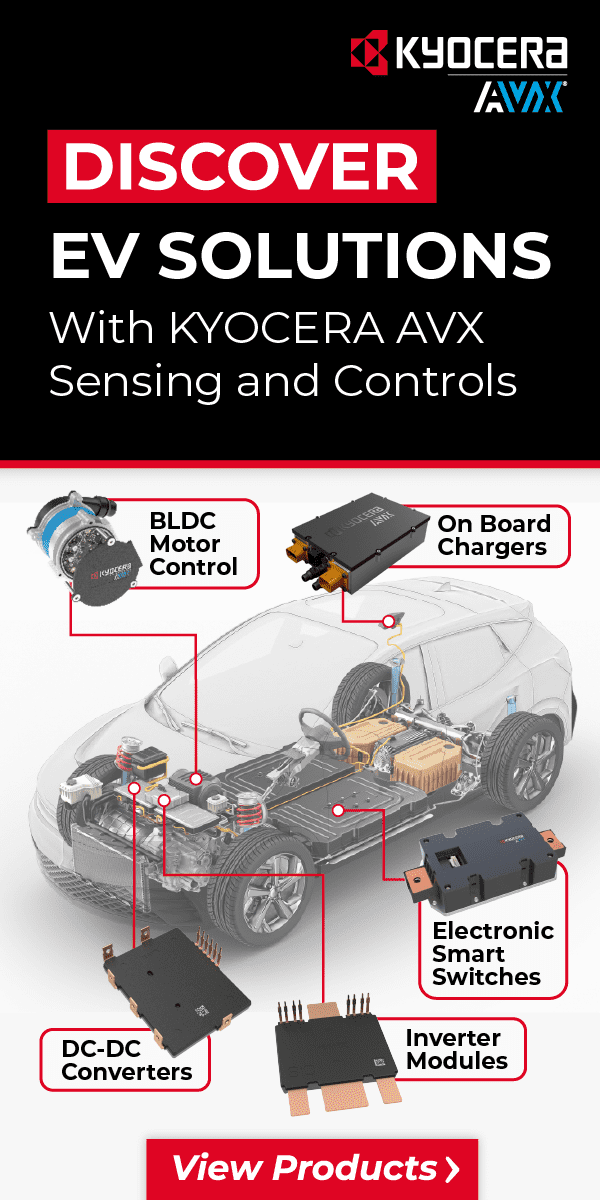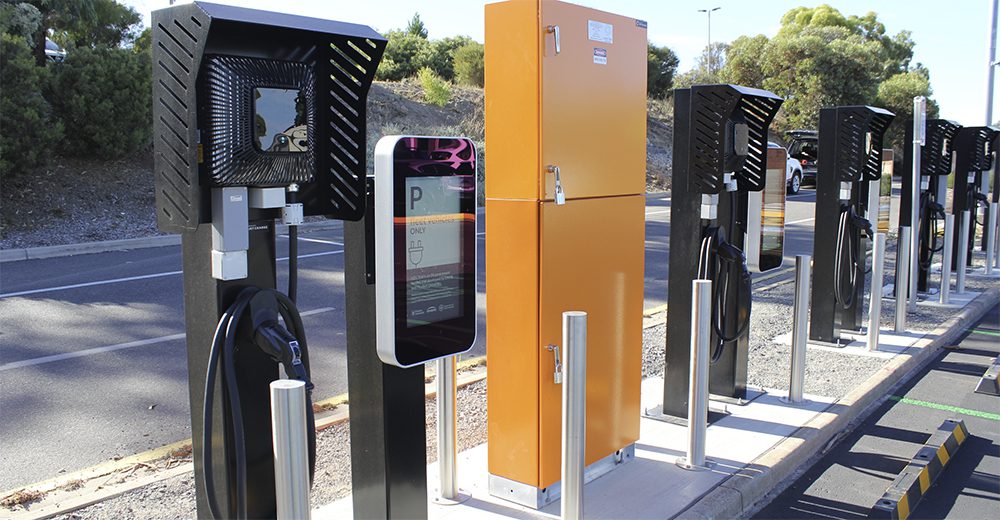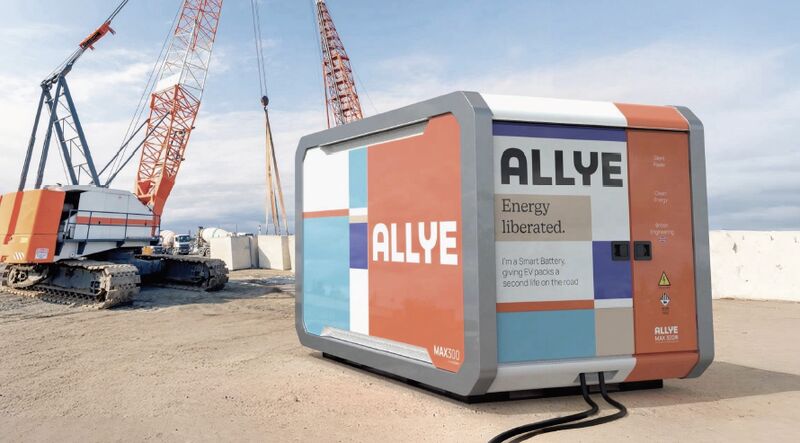The Volkswagen ID.4, which went on sale in the US earlier this year, could turn out to be a very important vehicle for a couple of reasons. It’s the first of VW’s new-generation EVs to reach the US. That is, it’s the first to be built by the post-scandal, reformed and repentant VW, and the first native, no-compromises EV, far superior to the converted e-Golf compliance car that VW sold between 2014 and 2020.
Also, it’s the first VW EV in “the form factor Americans want.” It’s a crossover, and you can call it an SUV if that makes you more likely to buy. It has the (slightly) elevated ride height and the generously-sized front and rear seats that SUV buyers crave. Would it be too bold to predict that this could be the first non-Tesla electric crossover to achieve substantial sales in the US market?
Whether it makes history or not, it represents a milestone for a sizable segment of car buyers: those who need plenty of range and plenty of cargo space at a reasonable price. Sure, I loved the Porsche Taycan, but it’s outside my price and practicality range. I spent a week with the ID.4, and I found it easy to visualize myself owning one.

Delightful driving
I found the ID.4 very pleasant to drive. Like any native EV, it corners well and hugs the road—the top-heavy SUV is a remnant of the fading Oil Age. Acceleration is more than sufficient, though I wouldn’t call it insane. You can easily leave those poor gas drivers behind at a stoplight, and pass that truck with full confidence, but the ID.4’s pedal-to-the-metal performance is not equal to that of the Ford Mustang Mach-E or the Taycan, much less Tesla’s dragsters.
There are 4 driving modes: Eco, Comfort, Sport, and Custom, which allows true connoisseurs of ride to adjust individual parameters to suit. I kept it in Sport most of the time—with 260 miles of range, I didn’t feel the need to conserve battery capacity, and I found the ride to be quite comfortable in all modes. The color of the touchscreen icons changes to remind you which mode you’re in.
Unlike many other EVs, the ID.4 kind of coasts when you lift your foot from the pedal. That’s the way I like to drive, but it’s a personal preference. If you prefer one-pedal driving, simply shift to the B (increased regen) drive setting, or dig into the Custom driving mode.
US buyers currently get three years of free charging at Electrify America. I tested both Level 2 charging and CCS fast charging, and encountered no problems.
There are two trim levels in the US: Pro and Pro S. The Pro S trim adds a 12-inch display (instead of 10-inch), a panoramic fixed glass roof, 12-way power-adjustable front seats, and a Hands-free Easy Open and Easy Close liftgate. The Pro S is available in RWD and AWD versions.
The ID.4 is built on VW’s MEB platform. VW builds its own water-cooled brushless permanently excited synchronous motor, which sits on the rear axle and delivers 109-150 kW (146-201 hp) of power and up to 310 N-m (230 lb-ft) of torque. (The dual-motor AWD version cranks out 295 hp.)
VW says the ID.4 has a 2,700-pound towing capacity.
The 82 kWh battery pack uses 288 Panasonic pouch cells grouped in 12 modules, and is assembled by VW at plants in China and Germany.

Touchscreen troubles
I’ve grown accustomed to struggling with the user interface whenever I check out a new car, and the ID.4 was no exception. Gone are the days when you could step into an unfamiliar car and find the controls just where you expected them—every automaker uses a different setup, and you really are better off sitting in the driveway for however long it takes to figure it out.
The layout of the ID.4’s controls is no worse than most, and better than some. VW wisely included physical controls (touch-capacitive buttons) for some of the most commonly grabbed functions, although some of the choices are puzzling. Why does the climate control have a physical button, but no touchscreen icon, and why is the audio volume only controllable via two pairs of tiny buttons (duplicated on the dash and the steering wheel)? A large, easy-to-grab knob, like the one on Ford’s Mach-E, would have been much better. The gear selector is a large protuberance just behind the steering wheel, which is okay, but I would prefer a steering-wheel stalk—I’m one of those who likes to use B (increased regen) as a sort of low gear.
To be fair, the idiosyncrasies of today’s UIs are more of an issue for car reviewers than for car buyers—if you choose to purchase, you’ll figure it out in a day or two and never worry about it again. And the ID.4’s UI would probably be just fine if it weren’t squirrelly. It takes a while to boot, sometimes you have to poke at an icon a couple of times to get it to work, and weird things happen from time to time. My ID.4 occasionally decided to turn off the AC and turn on the defrost, which doesn’t make a good first impression during a Florida summer.
Yes, there is room for improvement, but fortunately this is more than just a figure of speech, because the ID.4 supports over-the-air updates. I was not the first reviewer to note the squirrels and bugs, and VW has already promised improvements. My colleagues have reported a litany of minor problems, including a lack of integration with Electrify America charging stations (currently, you have to use the EA app on your phone), which should be fixed by future software updates (Plug & Charge support is also in the pipeline). Both Apple CarPlay and Android Auto are standard.

Cool cargo compartment
As regular readers know, I’m a cargo space snob. Cargo capacity was a sore point with the previous generation of converted EVs, but the victory of the skateboard platform banished those bad old days.
Cargo weenies know that it isn’t all about cubic feet, but about such arcane specs as aperture size, liftover and foldflat, which determine how easy it is to load and unload large and/or heavy objects. The ID.4 passed the Morris Music Gear-Loading Test™ with flying colors. The rear opening is actually a couple of inches wider than that of the Prius, which is the gold standard of small-car cargo hauling (don’t buy one, though—Toyota bad), and the full length of the cargo compartment is an inch or two longer (this varies depending on the position of the front seats). The rear seats fold nearly flat, just like in the trusty-but-dull Prius. The bottom of the cargo bay features a sturdy removable platform that makes loading large objects easier—with this in position, there’s minimal liftover, but you can remove it to open up a couple of additional inches of vertical space. In comparison to other current e-crossovers, I’d say the ID.4’s cargo capacity is a tiny bit better than that of the Mach-E, slightly inferior to that of Model Y.
One drawback in the storage department is that there’s no frunk. The front compartment is occupied by power electronics and other gadgetry. Oddly, these don’t seem to be packed in very tightly—it looks like VW’s designers could have managed a small frunk if they had really tried.
Pretty good price
There’s really only one thing not to like here, and we could make the same complaint about any current EV. The base-level ID.4 Pro goes for $41,849, including the destination fee. Yes, it’s eligible for the federal EV tax credit but, as I’ve ranted about elsewhere at length, only higher-income buyers—those who need it least—are able to take full advantage of that.

Comparatively speaking, 42 grand is not a bad deal at all. Believe it or not, it’s right around the current average price for a new car in the US. It’s around the same as Ford’s Mach-E, and 10 grand less than Tesla’s Model Y (which is not currently eligible for the tax credit). The problem is that it’s still substantially more than a “comparable” gas-burner. A VW Tiguan compact SUV goes for around 26 beans, and so do the Honda CR-V and Toyota RAV4, which are often cited as the ID.4’s legacy competition.
On the other hand, someone who owes Uncle Sam enough to take advantage of the federal credit, and who lives in a state that offers an additional incentive, might find going electric with the ID.4 to be a great value, considering the fuel savings and the far superior driving experience of an EV.
Furthermore, help is on the way. Volkswagen currently builds the ID.4 at its EV-only plant in Zwickau, Germany. In 2022, the company will begin production for the US market in Chattanooga, which will enable a price cut. There’s a rumor floating around that a $35,000 ID.4 is in the offing, but a Volkswagen spokesperson clarified to me that this price point is expected to be reached with the 2023 model year.
Source: Volkswagen









































































































